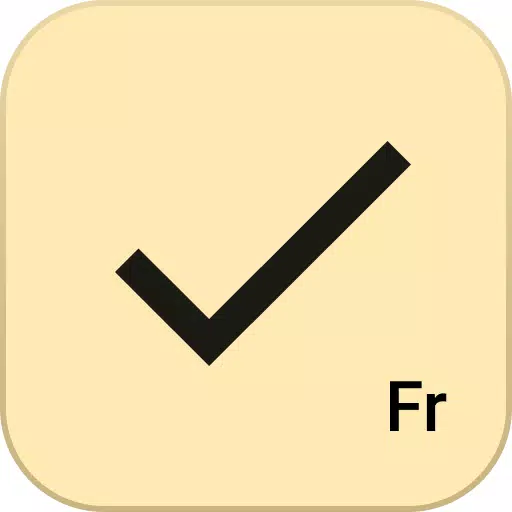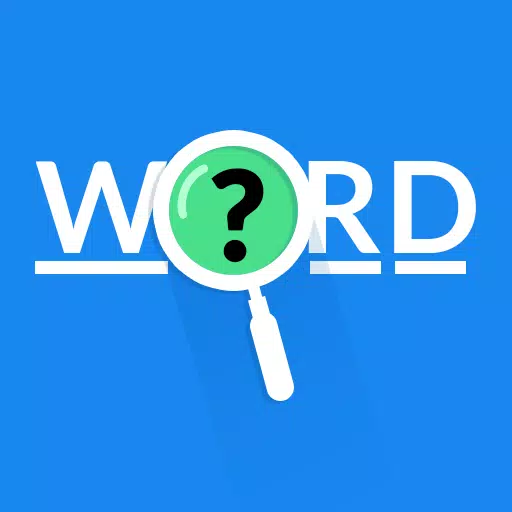Best OLED Display Type for Gaming Revealed
When I first purchased my LG E8 55-inch OLED TV back in 2019, right before the world went into lockdown, I had no idea just how transformative the experience would be. OLED, or organic light-emitting diode technology, uses self-lit pixels rather than a backlight, delivering infinite contrast. Diving into the visually stunning worlds of Final Fantasy XV and The Last of Us Part II felt like stepping into a nostalgic fever dream. That experience with the E8 spurred me to upgrade to the LG C2 65-inch TV a few years later. Since then, I've delved into the world of devices with OLED displays and discovered that not all OLED screens are the same. There are several types, but the three you should focus on are WOLED, QD-OLED, and AMOLED.
 WOLED, QD-OLED, and AMOLED: How They Work
WOLED, QD-OLED, and AMOLED: How They Work
OLED technology has been around for decades, with companies like Kodak and Mitsubishi experimenting with it. It wasn't until LG introduced its OLED TVs in the early 2010s that the technology became mainstream.
LG's version of OLED is known as WOLED (White OLED). Although LG markets it simply as OLED, WOLED uses a pure white OLED layer with an RGBW color filter. This approach addresses the issue of burn-in, which occurs because the red, green, and blue emitters degrade at different rates. However, WOLED's use of color filters can lead to imbalanced brightness and reduced color volume. Higher-end WOLED models attempt to mitigate this with Micro Lens Array technology, which enhances light focus.
In 2022, Samsung introduced QD-OLED (Quantum Dot OLED), which replaces the white OLED layer with a blue one that interacts with quantum dot color converters. Unlike the RGBW filter, quantum dots absorb light, allowing for more efficient color conversion without losing brightness.
AMOLED, on the other hand, is a variation of WOLED that includes a thin-film transistor (TFT) layer. This layer helps control pixel charge, enabling faster pixel activation but at the cost of OLED's signature infinite contrast.
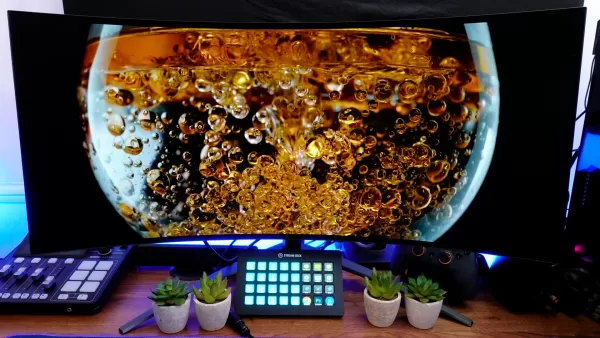 WOLED, QD-OLED, and AMOLED: Which Is Better for Gaming?
WOLED, QD-OLED, and AMOLED: Which Is Better for Gaming?
Choosing the right OLED technology for gaming depends on your specific needs and preferences. If you're looking for a straightforward answer, QD-OLED is generally considered the best option. However, there are scenarios where WOLED or AMOLED might be more suitable.
AMOLED displays are commonly found in smartphones and laptops due to their flexibility and high refresh rates. They're less common in TVs because of their cost. While AMOLED screens offer excellent viewing angles, they struggle in direct sunlight due to lower peak brightness.
For gaming monitors and TVs, you'll typically choose between WOLED (often marketed simply as OLED) and QD-OLED. WOLED can achieve high brightness levels, particularly with whites, but the RGBW filter can reduce color brightness. QD-OLED, on the other hand, offers superior overall brightness and color vibrancy thanks to its quantum dot technology.
In environments with significant glare, WOLED's ability to maintain true blacks can be advantageous. My living room setup with the WOLED TV across from windows demonstrates this, as the darkest parts remain black despite the glare. In contrast, my QD-OLED monitor on my desk shows a purplish tint in similar conditions due to the absence of a polarizing layer, which reduces reflections.
While QD-OLED generally excels in color and brightness, WOLED can be less distracting in highly reflective spaces. However, the actual performance of these displays depends heavily on their specifications and price point.
The Future of OLED Is PHOLED
Beyond WOLED, QD-OLED, and AMOLED, another type of OLED technology is on the horizon: PHOLED (Phosphorescent OLED). PHOLED uses phosphorescent materials to convert energy into light more efficiently than fluorescent materials. The challenge with PHOLED has been the shorter lifespan of its blue component, but LG has recently announced a breakthrough, paving the way for mass production. Dubbed "Dream OLED," PHOLED promises 100% luminous efficiency, making it brighter and more energy-efficient than current OLED technologies.
While PHOLED TVs are not expected to hit the market soon, we can anticipate seeing this technology in smartphones and tablets in the near future.
-
1
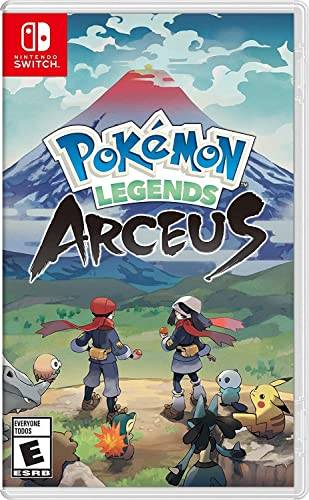
Every Pokémon Game on the Nintendo Switch in 2025
Feb 25,2025
-
2
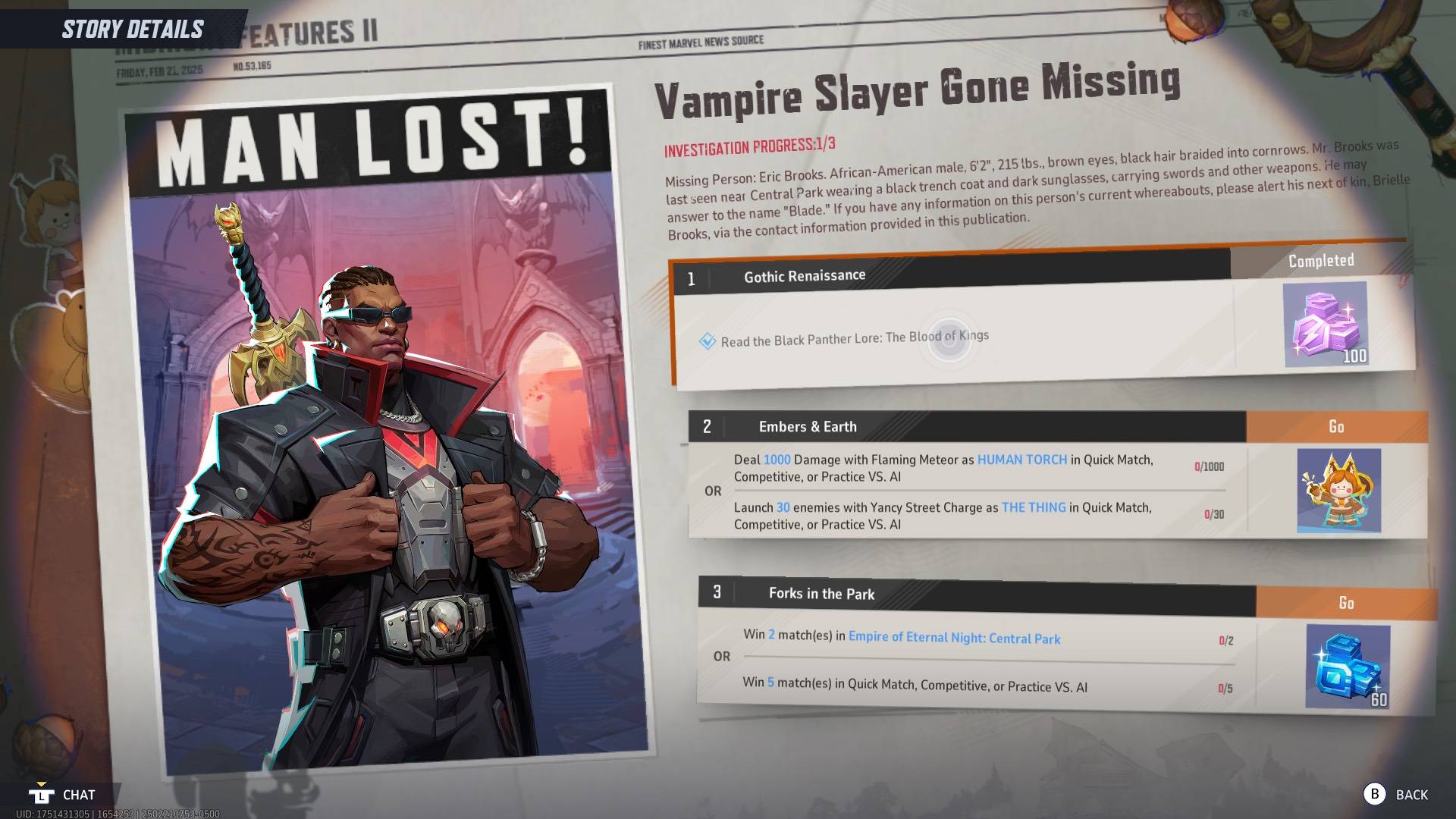
How To Read Black Panther Lore: The Blood of Kings in Marvel Rivals
Mar 01,2025
-
3
![Anime Vanguards Tier List – Best Units For Each Gamemode [UPDATE 3.0]](https://images.gzztb.com/uploads/35/17376012656791b0f12fa1c.jpg)
Anime Vanguards Tier List – Best Units For Each Gamemode [UPDATE 3.0]
Feb 27,2025
-
4
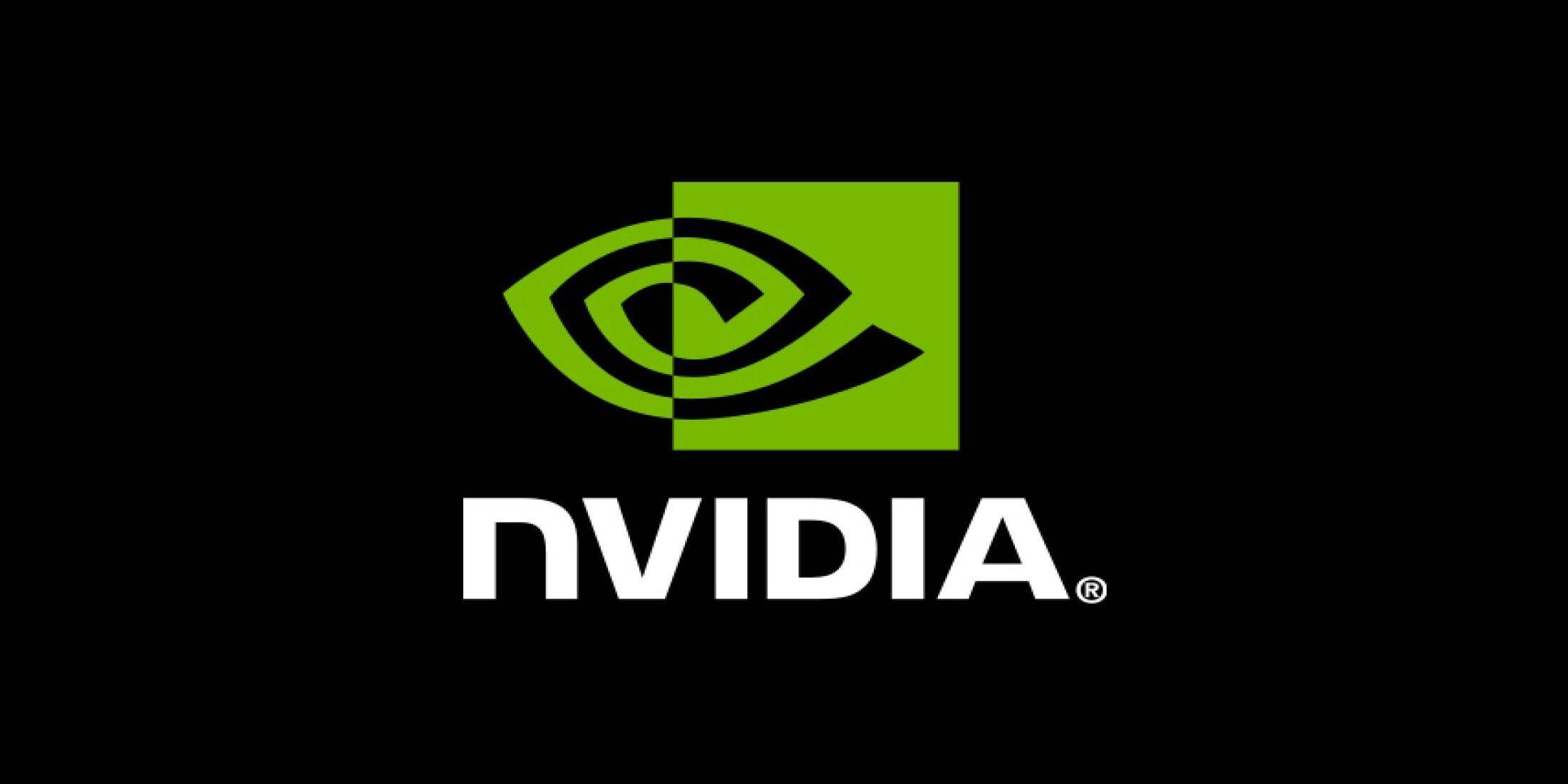
Nvidia RTX 5090 Specs Leak: Rumor Confirmed?
Mar 14,2025
-
5
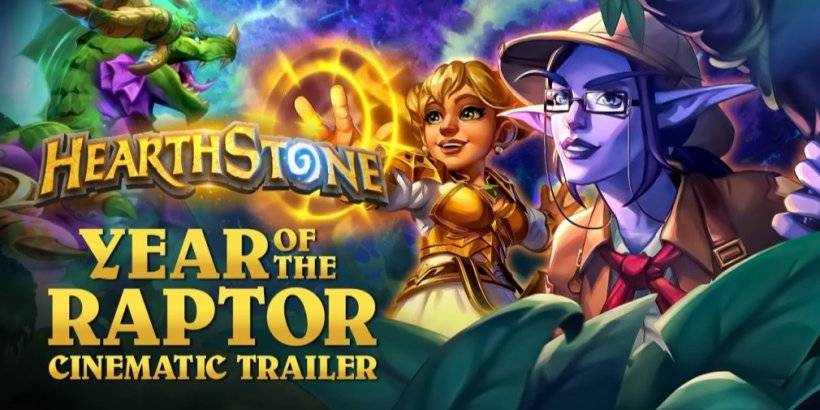
Hearthstone has kicked off the Year of the Raptor with a myriad of new content
Mar 16,2025
-
6

Ragnarok X: Next Gen - Complete Enchantment Guide
May 25,2025
-
7

Roblox: Trucking Empire Codes (January 2025)
Mar 05,2025
-
8
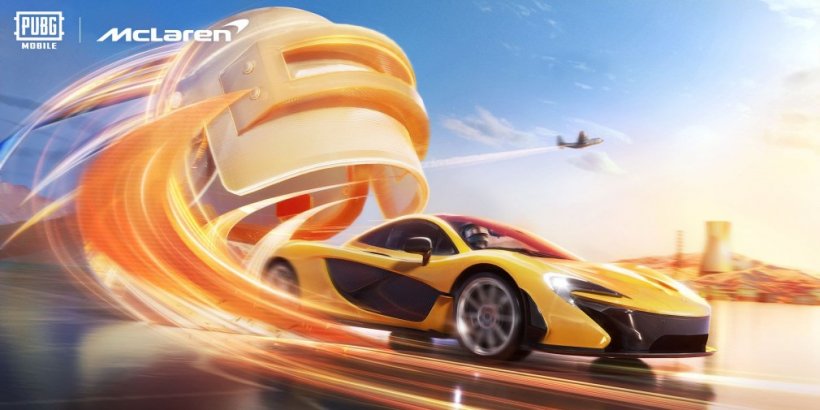
McLaren Returns to PUBG Mobile Collaboration
Aug 27,2024
-
9

January 15 Is Suddenly a Big Day for Call of Duty: Black Ops 6 Zombies Fans
Feb 20,2025
-
10
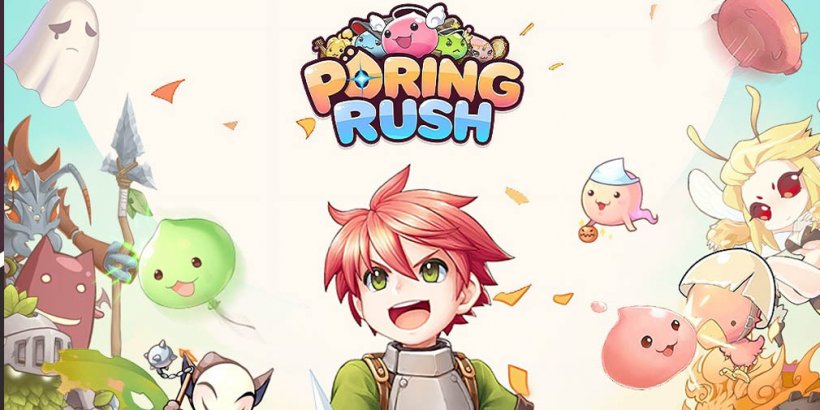
Poring Rush, the casual battling spin-off from hit MMORPG Ragnarok Online, is out now
Dec 30,2024
-
Download

DoorDash - Food Delivery
Lifestyle / 59.30M
Update: Apr 23,2025
-
Download

Niramare Quest
Casual / 626.43M
Update: Feb 21,2023
-
Download

The Golden Boy
Casual / 229.00M
Update: Dec 17,2024
-
4
POW
-
5
Gamer Struggles
-
6
Mother's Lesson : Mitsuko
-
7
Poly Pantheon Chapter One V 1.2
-
8
How To Raise A Happy Neet
-
9
Dictator – Rule the World
-
10
Strobe




